Architectural solutions
The company Fejér and Dános started to sell the houses of the estate in plan status. This solution gave possibility for the owners requesting some modifications from the architects. For example, in the case of Napraforgó street 17. (originally 19.) the owners asked to place the ground-floor terrace on the rear, towards the Ördögárok, instead of the street front as originally planned.
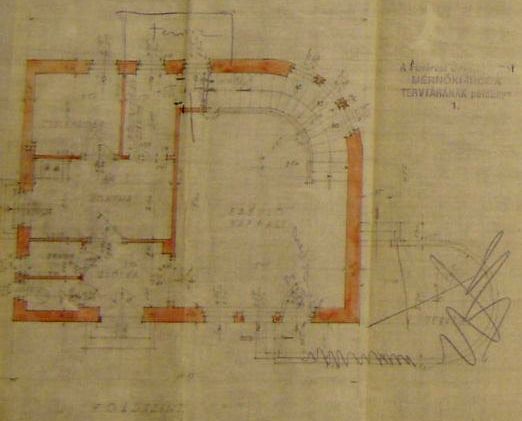
Modified ground-plan of Napraforgó street 17. (original number: 19.)
Similar modifications happened in the case of several houses, thus re-designing and re-licensing became necessary which delayed the start of the building.
The houses of Napraforgó street were finished in record time, 6-8 months (between February and October 1931). In accordance with the common intention of the architects and builders, the most up-to-date materials and accessories were used for the construction. Most of the houses were built with reinforced concrete slab. One of the new materials used was the cavernous diatomite block of 28 cm width which has low weight and excellent thermo-insulation capacity. This material was primarily used for building partitions and insulating the flat roofs.
The houses of the street were of different colours. Some of the designers used willingly high colours to paint the walls or enhance some details of the buildings.
In each house the maid’s room and the laundry room were beside the kitchen. As the use of cars was not current at that time, in the case of only two houses garage was a garage planned which was the integral part of the building. Complementary buildings (wood shed, separate garage) could not be built in the gardens.
The external doors and windows were made of good-quality, weatherproof pine with high resin content. Several houses were built with metal or wood sash windows which were at that time a novelty. There were also examples for many-winged foldaway sash windows, which made possible to open the window in its whole width.

The large windows and corner windows advanced the connection with the environment. In many cases the windows were amended with wooden roll-up shutters. The shutter boxes opened from the inside and formed an integral unit with the door and window cases. The straps used for moving the shutters were covered by copper shields.
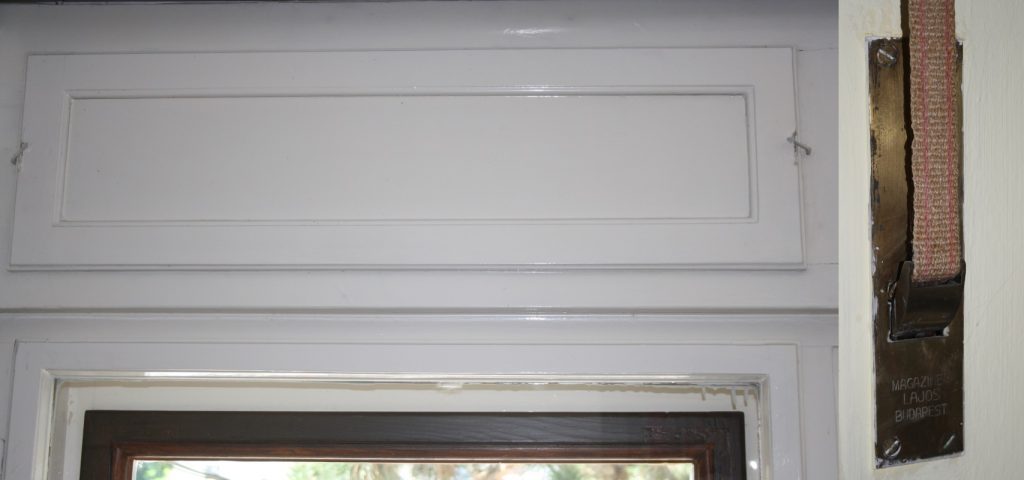
Central warm-water heating, air heating or traditional tile stoves were used for heating. In the case of air heating, the warm air was led into the rooms and the cooled air back to the heat exchanger through air channels. The boilers were placed in the cellars.
The internal doors were usually of four-unit cassette structure. Winged glass-panelled doors were used by choice to separate rooms.

It was general to furnish the houses with built-in wardrobes which opened by sliding doors in many cases.

The houses were outfitted with porcelain light switches and lamp sockets. The power outlets were hidden under the tapestry and received glass armours.
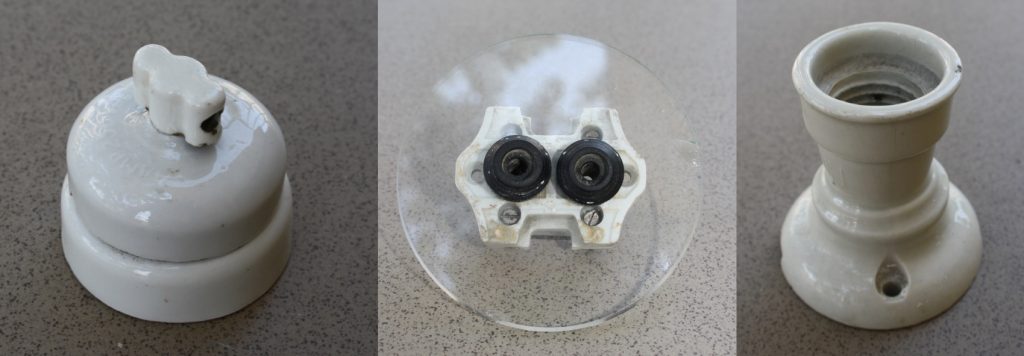
The external lamps on the walls were also made of porcelain, with white milk-glass bells.

In the majority of the houses the wooden steps were covered by carpet fixed by copper bars.
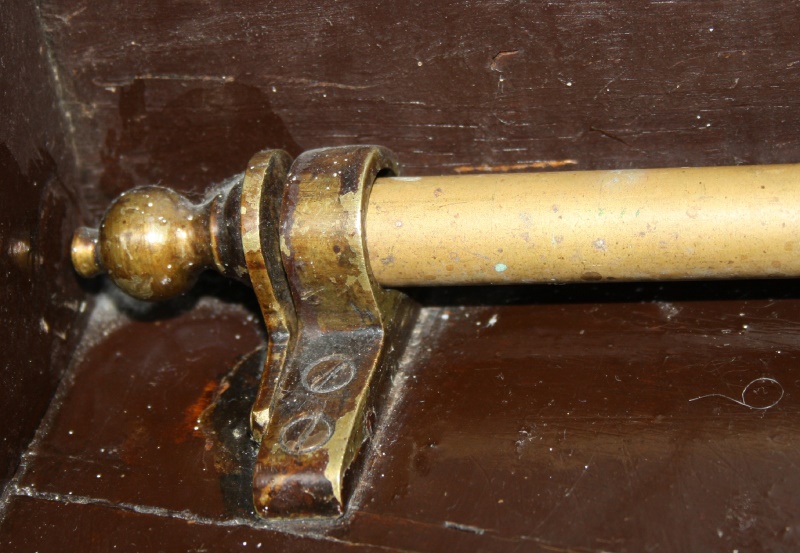
The door and window handles, the spacers of the windows and the latches of the bathrooms were uniformly made of copper.

The uniform street view was advantaged in large by the uniform fence of the houses: 130 cm height, concrete footing, concrete separating columns, wooden fence rods with square transsection rotated by 45 degree. The fence gates were also made of wood, with the same pattern. There was a concrete lamppost with identical iron lamps at the corner of every second house. The pavement was covered with uniform tiles containing basalt grains.
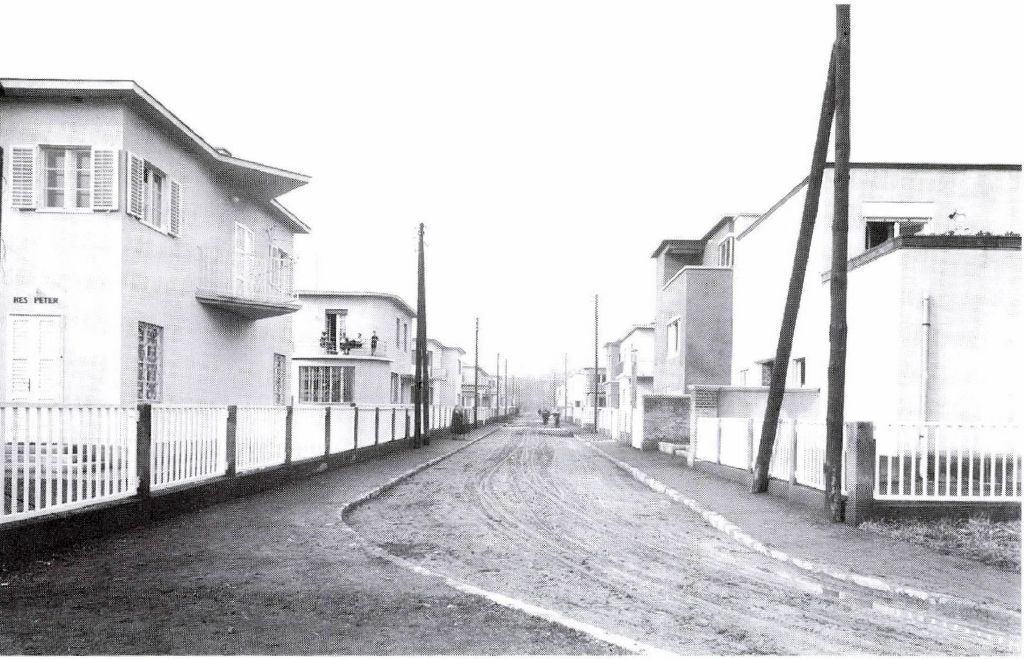
Street view from the head of Napraforgó street. 1931. OMvH Fotótár, ltsz. 20.532. neg.
